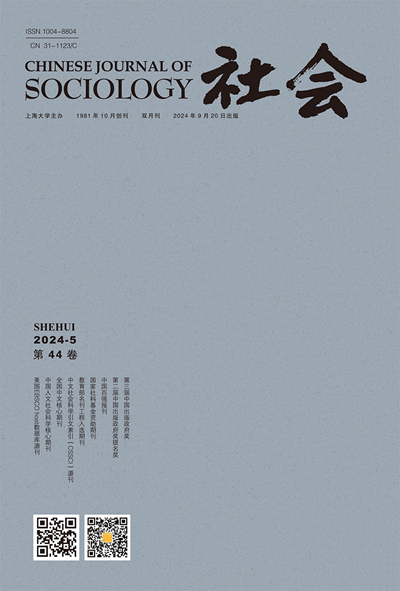希望与焦虑:辅助生殖技术对女性具体体验的研究
IF 1.8
4区 社会学
Q2 SOCIOLOGY
引用次数: 1
摘要
辅助生殖技术(ART)在主流叙事中被誉为不孕患者的“圣杯”。现有的研究清楚地表明了外部社会因素如何影响ART的使用,但它们忽视了技术的接受者,尤其是女性的经历。本文以Z医院生殖中心的一项调查为基础,以具体化为方法取向,将社会文化语境与女性具体化体验相结合,以展示她们的生物社会纠缠。正如实地调查的证据所表明的那样,ART在实践中远非简单的“希望技术”;相反,它将女性带入了一个矛盾的世界,希望与焦虑并存。具体化的经验、希望和焦虑通过女性的身体传递,揭示了社会文化语境和技术不确定性在女性身体上的印记,同时,女性积极学习应对当地文化技术不确定性和道德压力的策略(包括疗愈身体、民间宗教等),从而满怀希望地坚持不孕不育治疗。本文章由计算机程序翻译,如有差异,请以英文原文为准。
Hope and anxiety: The study of female embodied experience with assisted reproductive technology
Assisted reproductive technology (ART) is hailed as “the holy grail” for infertile patients in the mainstream narrative. The existing studies have clearly demonstrated how external social factors shape how ART is to be used, but they ignore the recipients of the technologies, and especially the experiences of women. Based on an investigation conducted in Z hospital’s reproductive center, this article regards embodiment as the methodological orientation for integrating socio-cultural context with female embodied experience in order to show their bio-social entanglement. As fieldwork evidence indicates, ART in practice is far from simple “hope technology”; instead, it throws women into a paradoxical world in which hope and anxiety coexist. Embodied experience, hope, and anxiety are transmitted through the bodies of women, which reveals the inscription of social-cultural context and technical uncertainty on the female body and, meanwhile, women actively learn strategies by which to cope with the technical uncertainty and moral pressures from local culture (including healing the body, folk religion, etc.), so as to hold onto infertility treatment with hope.
求助全文
通过发布文献求助,成功后即可免费获取论文全文。
去求助
来源期刊

社会
Social Sciences-Social Sciences (all)
CiteScore
1.70
自引率
0.00%
发文量
6799
期刊介绍:
The Chinese Journal of Sociology is a peer reviewed, international journal with the following standards: 1. The purpose of the Journal is to publish (in the English language) articles, reviews and scholarly comment which have been judged worthy of publication by appropriate specialists and accepted by the University on studies relating to sociology. 2. The Journal will be international in the sense that it will seek, wherever possible, to publish material from authors with an international reputation and articles that are of interest to an international audience. 3. In pursuit of the above the journal shall: (i) draw on and include high quality work from the international community . The Journal shall include work representing the major areas of interest in sociology. (ii) avoid bias in favour of the interests of particular schools or directions of research or particular political or narrow disciplinary objectives to the exclusion of others; (iii) ensure that articles are written in a terminology and style which makes them intelligible, not merely within the context of a particular discipline or abstract mode, but across the domain of relevant disciplines.
 求助内容:
求助内容: 应助结果提醒方式:
应助结果提醒方式:


